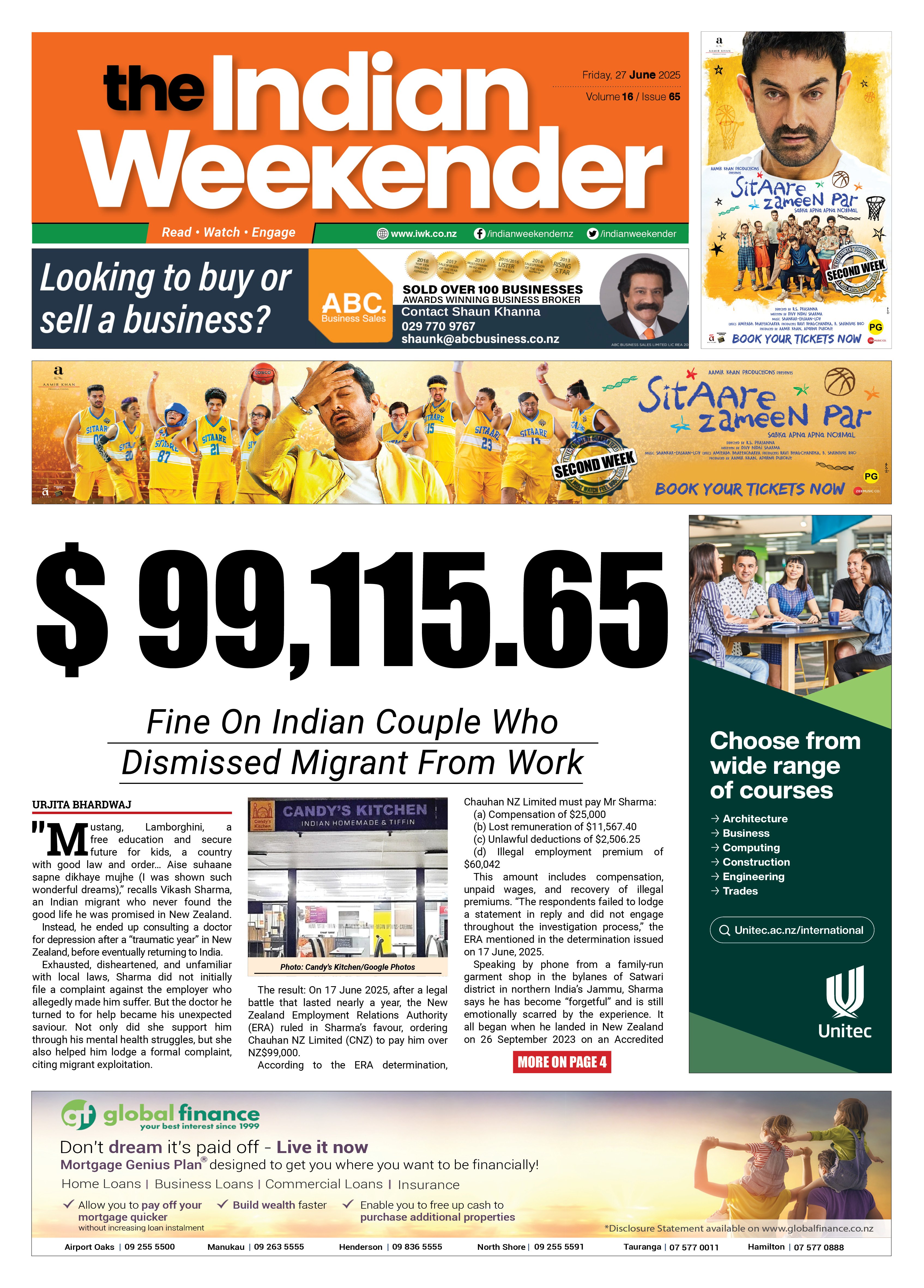Young Asians take up smoking to ‘fit in’

Earlier in February, the government announced that it is committed to introducing unbranded, standardized packaging with prominent health warning for all tobacco products. This is aligned to the long term goal of making NZ smoke free by 2025.
As per the charity Quitline, indicators of acculturation are associated with a significantly higher risk of smoking among NZ Asian youth. Eight percent of NZ Asian boys (aged 14 -15) and four percent of NZ Asian girls (aged 14 -15) are regular smokers.
Smoking is the single largest cause of preventable death and disease in New Zealand. Each year, around 4500 to 5000 Kiwis die from their own smoking or exposure to second-hand smoke. It is a leading cause of cancer, serious respiratory diseases and cardiovascular disease, including strokes and heart attacks.
Highly addictive, it doesn’t take long for people who try smoking to become regular daily smokers and many find it difficult to quit. Those that do quit are able to do so only after several years and multiple attempts. By then, they have paid a significant health cost already.
The advantages of plain packaging are well documented. As per an independent review of plain packaging by the UK Department of Health there is strong evidence to support that plain packaging will help to reduce smoking rates, reduce the attractiveness and appeal of tobacco products; it would increase the noticeability and effectiveness of health warnings and messages. Additionally, it would reduce the use of design techniques that may mislead consumers about the harmfulness of tobacco products.
Skeptics argue that the plain packaging move is counter-productive. It would mean that tobacco companies would divert funding for marketing to making tobacco products cheaper. Cigarettes will be within the reach of a wider, younger consumer base, the very group that this proposal primarily seeks to protect.
This move if successful will make New Zealand only the second country after Australia to introduce such packaging globally. However, it also means that legal challenges similar to those faced by Australia continue to present a challenge. In addition to the WTO case, Australia is facing a legal battle against the tobacco giant Philip Morris on the grounds its packaging regime breaches a free trade agreement with Hong Kong.
By the Ministry of Health estimates, it would take 18 months to implement the policy in NZ. Trade law experts say that it may longer than that for Australia’s legal cases to be resolved. Due to this, the proposal might be pushed to the next parliament session, and it might even be dropped entirely.
For now though, the proposal has elicited a mixed response. “The announcement is long-awaited by all tobacco control groups and something the Cancer Society has been campaigning for, for a long time,” said Skye Kimura, Tobacco Control Advisor for the Cancer Society. “Our major aim in tobacco control is to protect our children. Tobacco companies will no longer be able to advertise on their products and build brand loyalty in future generations.”
Similarly, Pallavi Desouza (name changed), who saw her mother lose her battle with cancer has welcomed the move. “My mother was a smoker all her life. She tried to quit many times and I saw her constantly struggle with the addiction. I want my kids, the future generation to be protected. And if plain packaging is going to be a step in the right direction, then I am all for it.”
Smokers on the other hand feel that their rights are being challenged. “Every person has the right to choice. And if I choose to smoke, it’s my choice,” says Bhavin Shah (name changed), an Auckland resident. “Pricing would be a better way to approach this issue. A higher price will keep younger people from buying cigarettes.”





Leave a Comment